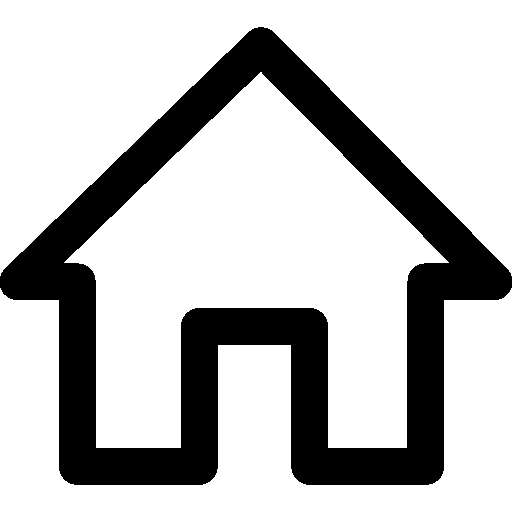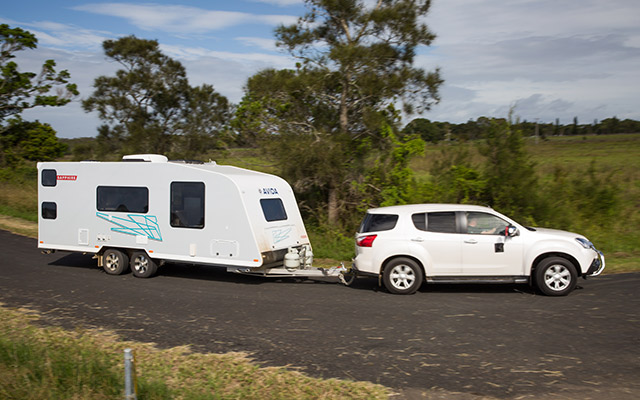The warm Ontario weather is finally here and many of you are gearing up for summer vacation. Some of you are die-hard tent campers, but more of you are heading out with a recreational vehicle (RV) that you tow on the back of your vehicle.
Make sure to drive safely by paying attention to weight distribution. Improper load balance can result in unwanted problems and even accidents.
Consider the following:
Know what your vehicle is made to tow. Be sure you know the tow rating for your vehicle. Do this before you travel or purchase a new camper or boat. Although most mid-size and full-size family cars, most minivans and most light-duty trucks can pull a trailer, they cannot pull all trailer sizes. Your owner’s manual identifies the trailer types that your vehicle can haul and the maximum load weight that it can pull.
If you overload your tow vehicle, you could soon be dealing with alternative issues that trigger roadway accident such as an overheated transmission, failing brakes, loose or broken suspensions, or blown-out tires.
Loading your RV: When you load up your RV, store heavy items low and forward and store lightweight articles high. As well, try to balance the load between two side. This will minimize swing, sway and wobble.
Can you see behind and around your towed load? Limited visibility increases the odds of being involved in a serious accident. Consider purchasing some mirror extenders.
Prep and Hook Up Safety. Don’t forget a pre-check whenever you hook up the trailer or boat.
- Check the lights and flashers hazards on the RV
- Check your oil, fuel and coolant levels
- Check your tires… both air pressure and tread! Most tire failures are caused by RV overload or tire under-inflation.
- Inspect your trailer and hitch safety chains for proper connections. If you have a break-away switch, make sure that you test it.
- Have the right tools handy.
- flashlight
- jumper cables
- flat repair spray
- road flares
- adjustable wrench
- screwdrivers
- pliers
- duct tape (useful for temporary repairs such as a ruptured radiator hose)
Use your brakes to control speed. Always allow a greater distance to stop when towing a trailer. Allow one “vehicle and trailer length” for each 20 km/hr (10 mph)
Avoid sudden moves. This might create as they might create a side force on the trailer and could, “tilt” the trailer.
Signal lane changes well in advance. When changing lanes, always signal well in advance and move gradually into the next lane. After passing, remember to allow extra room for the trailer before returning to the driving lane.
Stay safe. Always observe posted speed limits and to slow down in bad weather or slippery road conditions.
Related Articles:


